Eastern CoachWhip
Ring-necked Snake
Red Cornsnake
Florida banded watersnake
Eastern Copperhead
Eastern Copperheads, Agkistrodon contortrix, are beautiful snakes that are most often found in wet forested areas. Copperheads are thick-bodied and adults grow to 22-36 inches long. Their alternating light and dark colors provide extraordinary camouflage on the forest floor. Meals consist of lizards, amphibians, insects, birds, small mammals, and other snakes.
In the spring, male Copperheads will travel long distances to find a mate. Females give birth to 7-20 live young in the summer. The little ones, who are born with a color pattern like their parents, wiggle their bright yellow tails to attract lizards and frogs for a tasty meal.
Copperheads are venomous snakes. Like all snakes, they only strike out at humans when they are defending themselves. Watch your step. Because they are masters at camouflage, Copperheads can easily be stepped upon. Luckily, the venom is not very potent and deaths are rare. However, if you are bitten by a Copperhead, be sure to seek medical attention immediately.
Fun Fact: Copperheads are pit vipers. A pit viper senses small temperature changes in its surroundings. This allows it to strike out with accuracy at the perceived danger or prey.
Map: UF IFAS Extension University of Florida
Photo Credit: Dan Kon
Pygmy Rattlesnake
Pygmy rattlesnakes (Sistrurus miliarius) are found throughout Florida. They are found in various habitats in the wild and are the most common venomous snake to make an appearance in a Florida yard.
At only 18 inches long and with a skin color that allows them to camouflage easily, Pygmy rattlesnakes are seldom seen. They have a small rattle that sounds like a buzzing insect. Like all snakes, the Pygmy Rattlesnake prefers to retreat when encountering a human. However, this feisty snake won’t hesitate to attack if provoked.
Pygmy Rattlesnakes give birth to three to nine live young in late summer. Mice, nesting birds, lizards, insects, frogs, and other small snakes make a menu full of meal choices.
Eastern Hognose Snake
Eastern Hognose Snakes (Heterodon platirhinos) are found throughout Florida, with the exception of the Keys. Their habitat is diverse and includes scrub, sandhills, turkey oak woodlands, hardwood hammocks, pine woodlands, meadows, and even cultivated fields. Hognose snakes secrete a mild venom that is toxic to their prey. They are not known to cause serious injuries to humans; however, some people may show signs of an allergy if bitten.
Hognose snakes are thick-bodied and vary in color from solid gray or black to various shades of brown, yellow, orange, olive, or red with large, randomly shaped markings. The underside can be off-white, gray, or yellow, with the bottom side of the tail lighter in color. An average adult grows to 20-35 inches. Hognose snakes breed in spring. Females lay 15-25 leathery eggs in sandy soil or under logs. In 1-2 months, the hatchlings break free of their eggs and are 6 1/2 to 9 1/2 inches long.
Active only during daylight hours, Hognose snakes use their blunt noses to search through soil and leaf litter for their meals. They may dine on frogs, insects, salamanders, and invertebrates, but toads are their favorite dinner. When a toad is threatened, it will puff itself up. Immune to the toad’s poison, Hognose snakes are equipped with rear fangs, which enable them to pop the toad-like a balloon before swallowing it whole.
Eastern Hognose Snakes are best known for their dramatic display when warding off danger. Also known as a Puff Adder, a hognose snake will suck in air, flatten its head, rise like a cobra, and hiss when a threat is detected. With its mouth closed, it may strike. If this display does not scare away the predator, the hognose will flip itself over and imitate death. It may convulse, regurgitate, and emit foul-smelling fecal matter before becoming completely still with its mouth open and tongue hanging out. When the danger passes, the Hognose snake will simply roll over and get on with enjoying its day.
Photo Credit: Andy Waldo
Short-tailed Kingsnake
Short-tailed kingsnakes (lampropeltis extenuata) are as thin as a pencil and grow to an average length of 14 to 20 inches long. Their scales are smooth and gray with a spotted pattern. They have dark spots down the middle of their backs as well as on their sides. The lighter color between the spots has an orange center.
The Short-Tailed Kingsnake has a small oval-shaped head and round eyes. As the name implies, their tails are shorter than the tails of other snakes. This snake is nonvenomous and is not a threat to people. The Kingsnake consumes other snakes and lizards. They spend their lives below ground and are rarely seen. This snake is so rare that it is assumed eggs are laid below ground where it burrows. Reproduction has not been studied; therefore, nothing is known about the number of eggs in the Short-tailed kingsnake’s clutch. They can be found in north-central Florida habitats, such as pine or coastal live oak hammocks and sand pine scrub.
The Short-tailed Kingsnake is endemic to Florida. This snake is listed as threatened and protected by Florida state law. Their range is limited, and conversion of habitat to citrus, mining, and development pose ongoing threats.
Photo credit: Andy Waldo
Southern Hognose Snake
The Southern Hognose Snake (Heterodon simus) is a species often considered non-venomous. However, they do possess a mild toxin that is considered medically insignificant and harmless to humans (A few people have had allergic reactions to hognose bites). They inhabit areas with sandy soils, sandhills, pine-oak forests, scrubs, agricultural areas, and coastal dunes, from northern to central Florida.
As the smallest of the hognose snakes, they will grow to between 1 and 2 feet. Their eyes are round. Body-color runs gray-brown to tan, and the tail’s underside is the same color as the body. Their bodies’ back and sides have irregular, dark brown-black blotches, which are separated by orange-red blotches running along the spine. The neck has large blotches, and the forehead is marked with a dark band that runs from each eye to the corners of the jaw. The snake’s scales have lengthwise ridges. The scales on the tip of the snout are strongly upturned.
The diet of a Southern Hognose snake consists of frogs, toads, and lizards. They have rear fangs, which are used to puncture inflated toads and are immune to the poison produced by toads.
When a Southern Hognose snake feels threatened, it may play dead or flatten its neck and hiss. They live underground and are active during the day. However, you will rarely encounter one of these snakes as they have declined in number.
In the summer, females lay 6-14, thin-shelled, leathery, whitish eggs in either sandy soil or logs—the eggs hatch between September and October.
These snakes are of Conservation concern throughout their range. Their decline is due to introduced fire ants, the loss of longleaf pine forest, urban sprawl, and habitats’ conversion to agriculture. The Southern Hognose Snake is listed as vulnerable, and at risk of extinction on the IUCN Red List of Threatened Species.
Photo credit: Andy Waldo

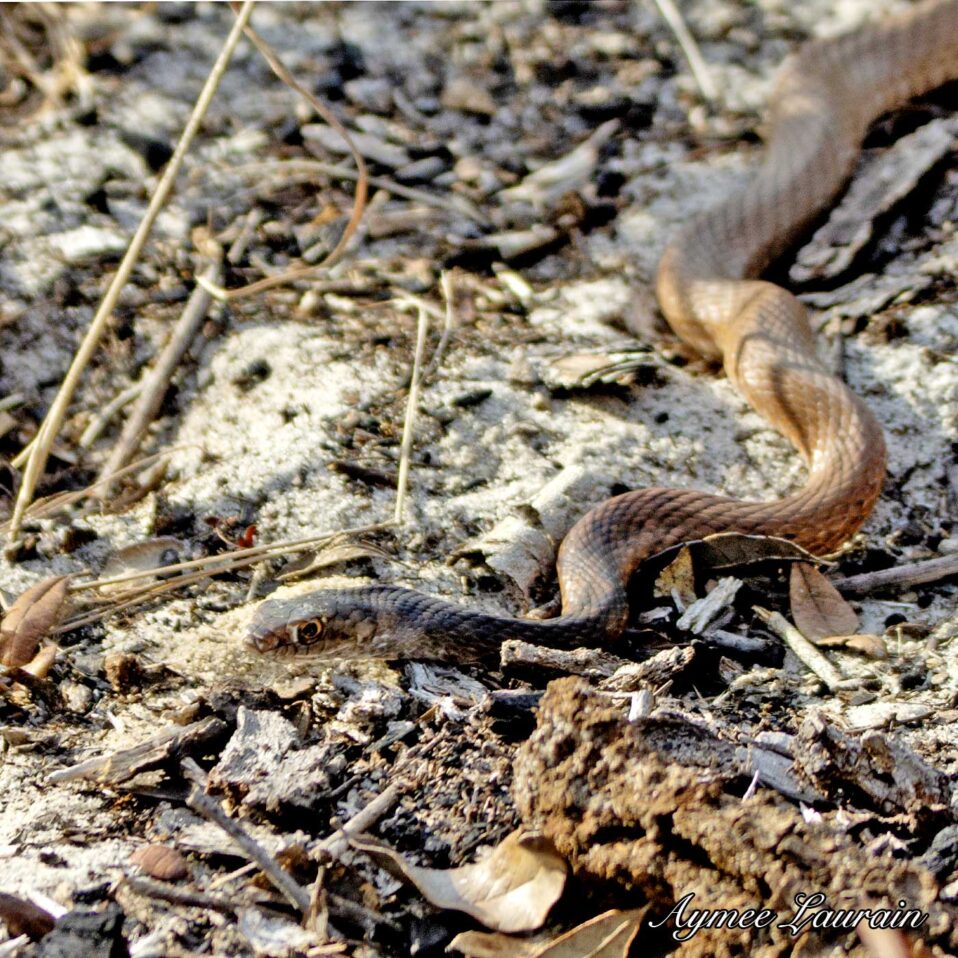
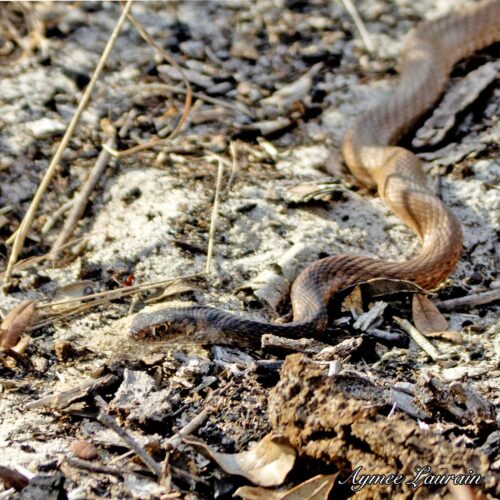
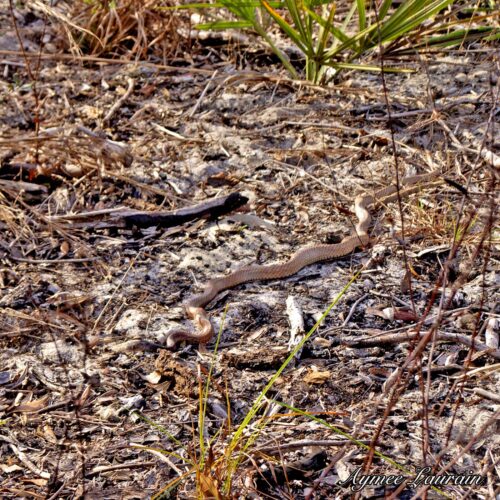
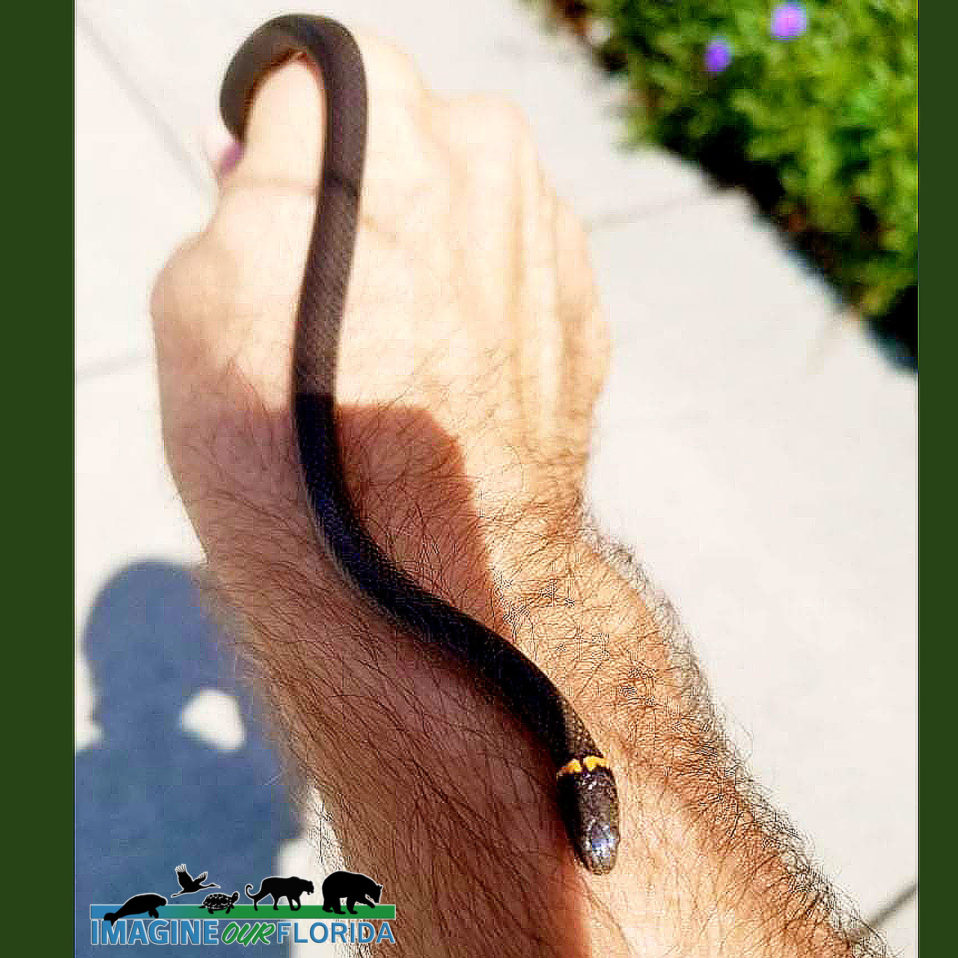
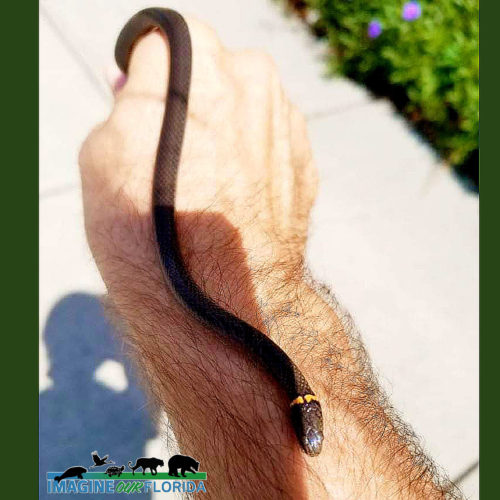
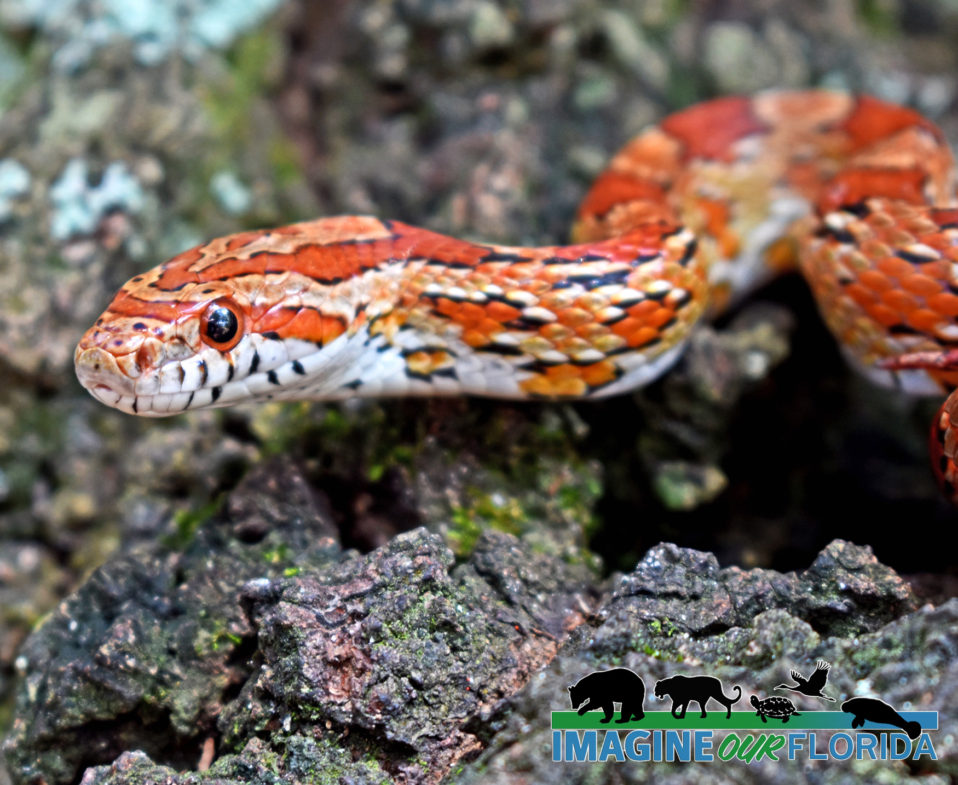
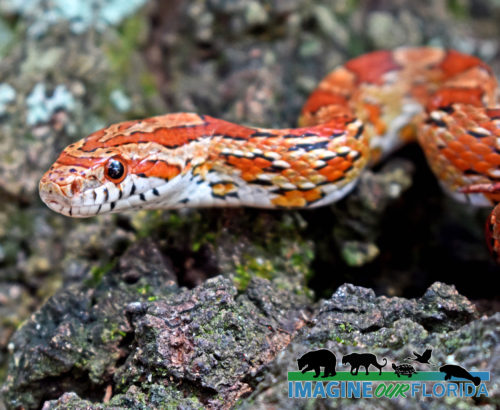
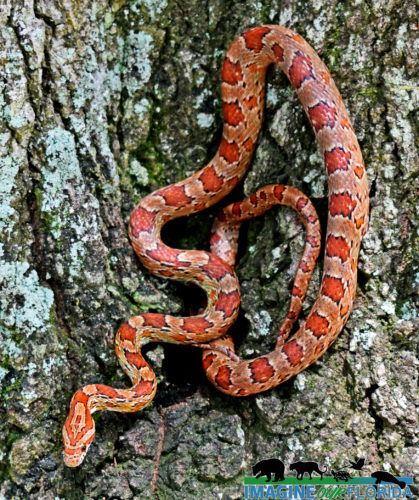
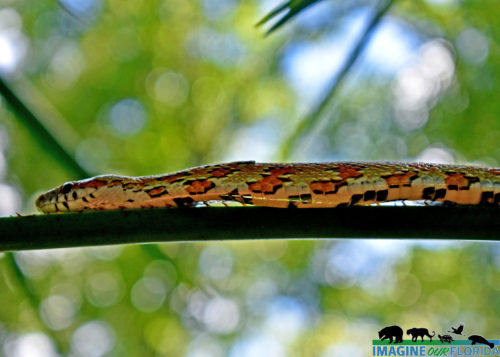
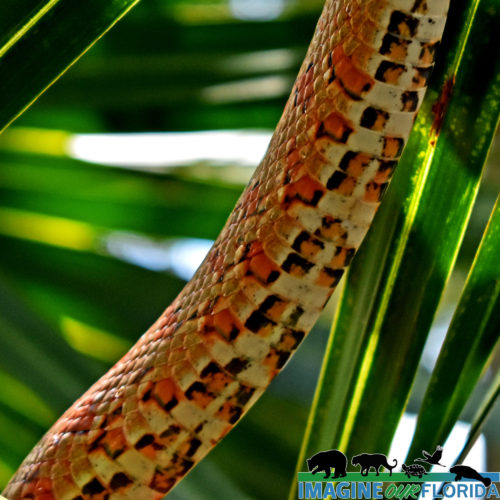
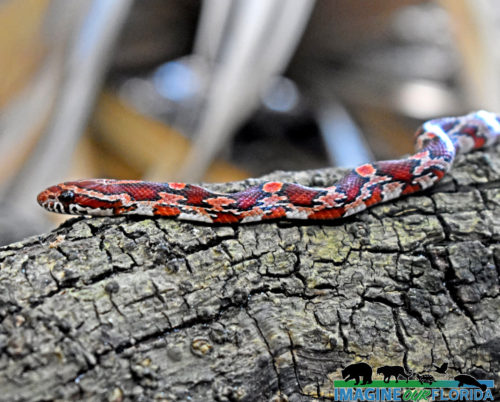
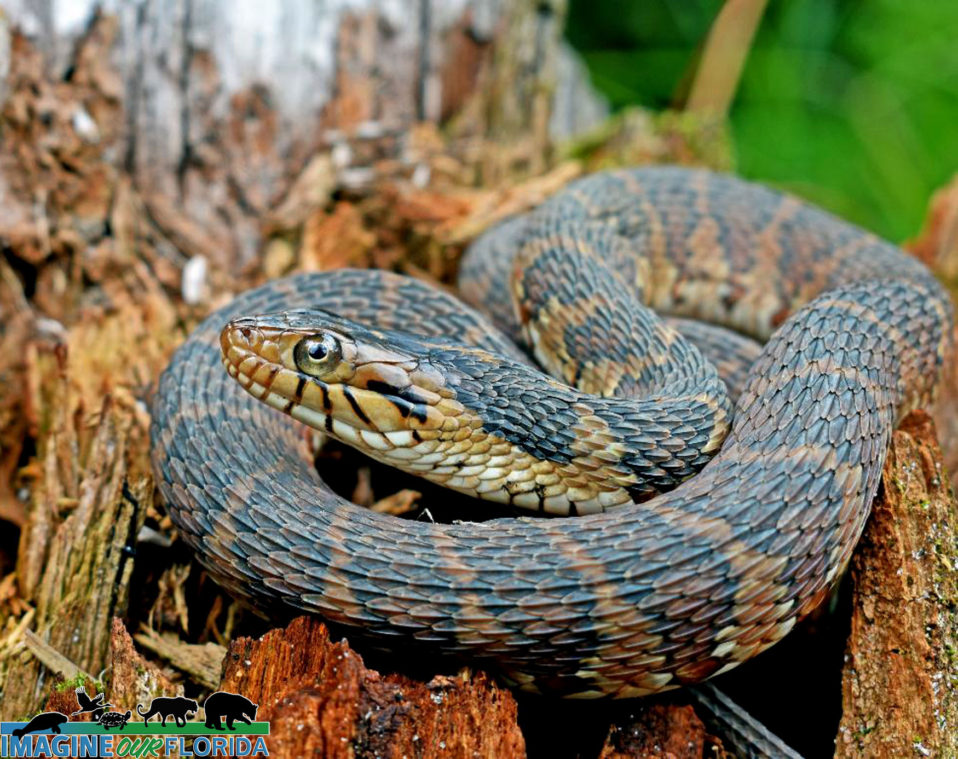
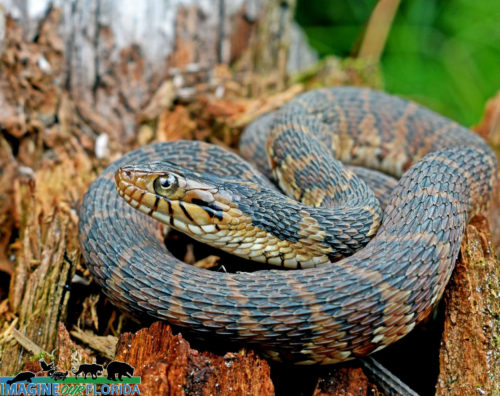
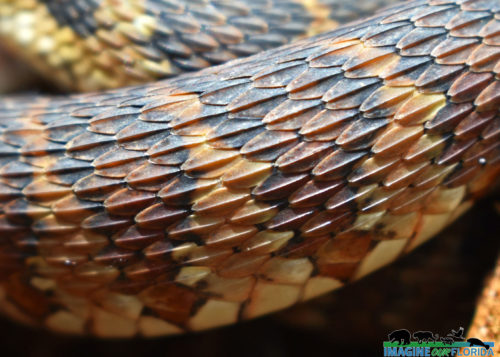
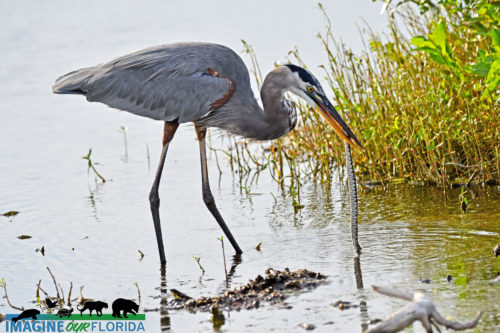
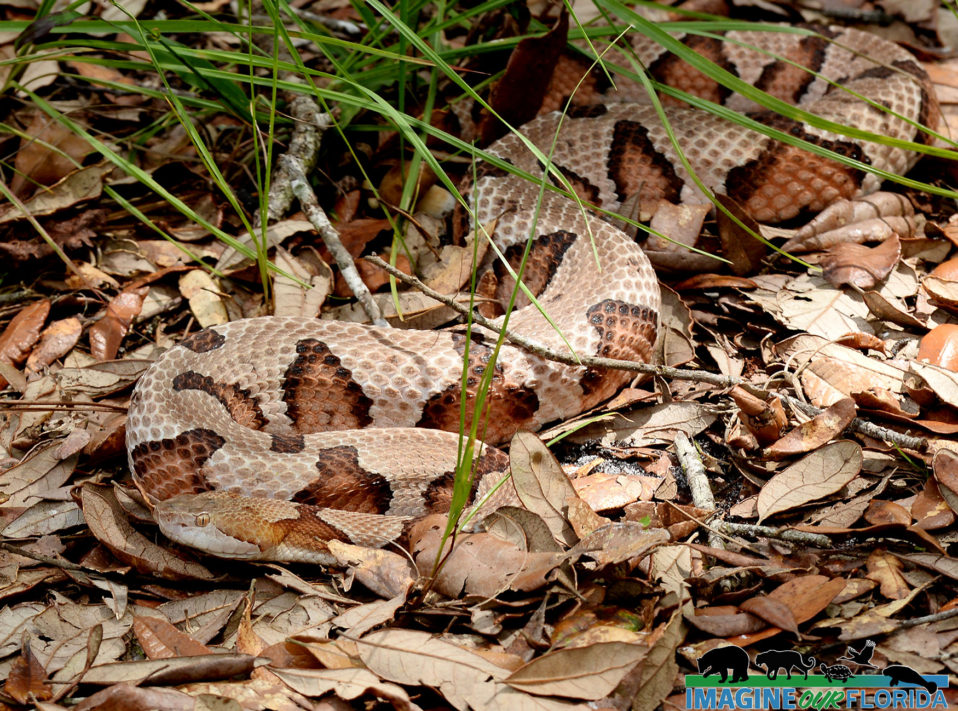
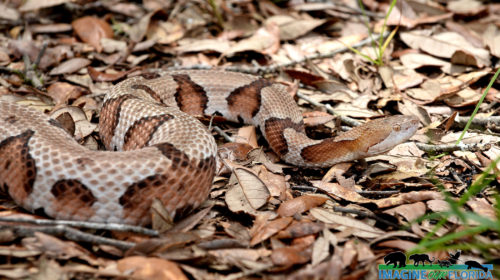
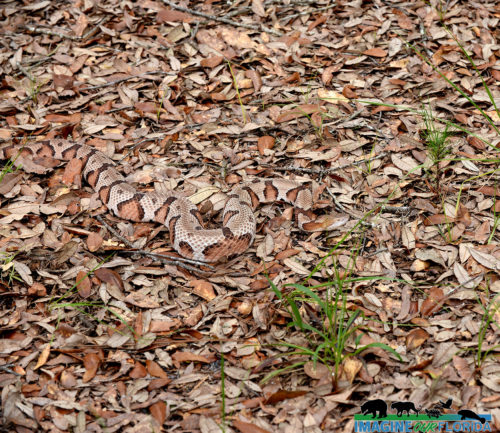
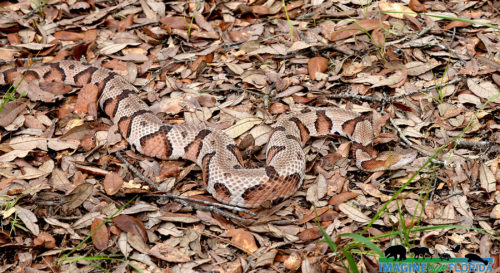
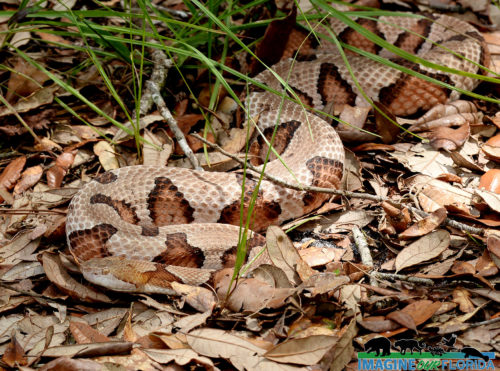
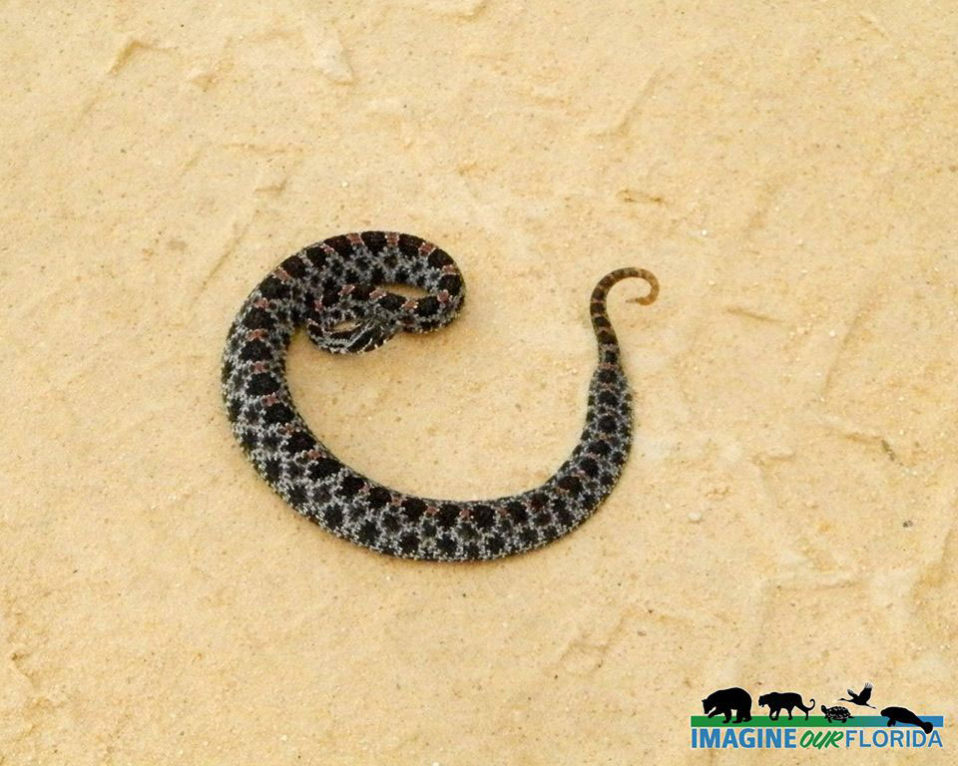
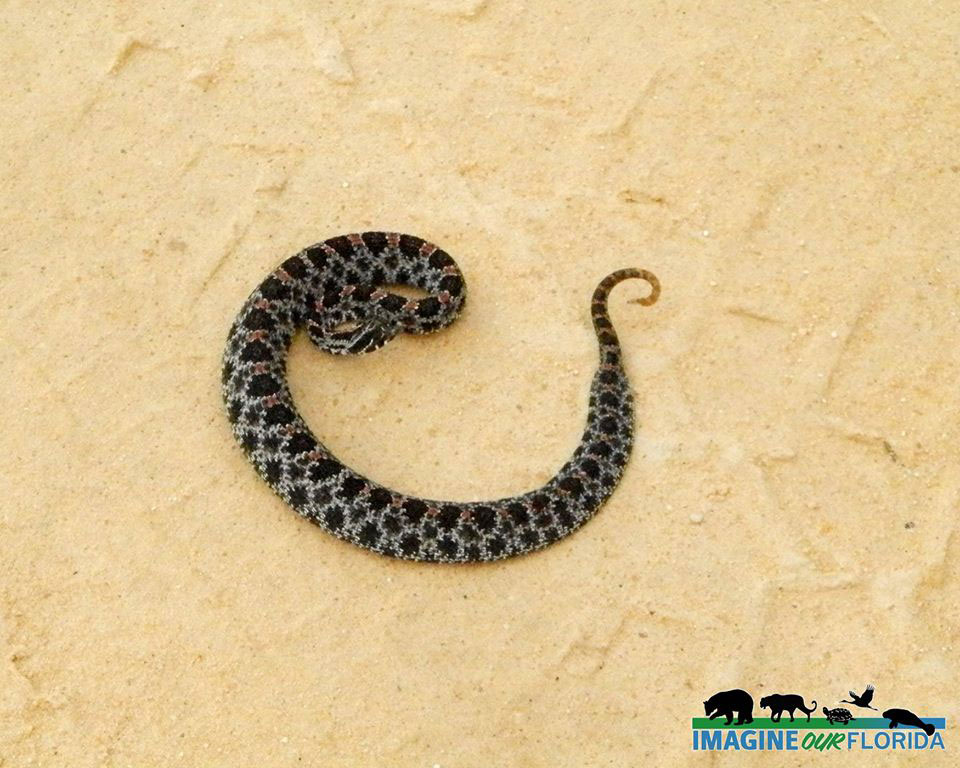
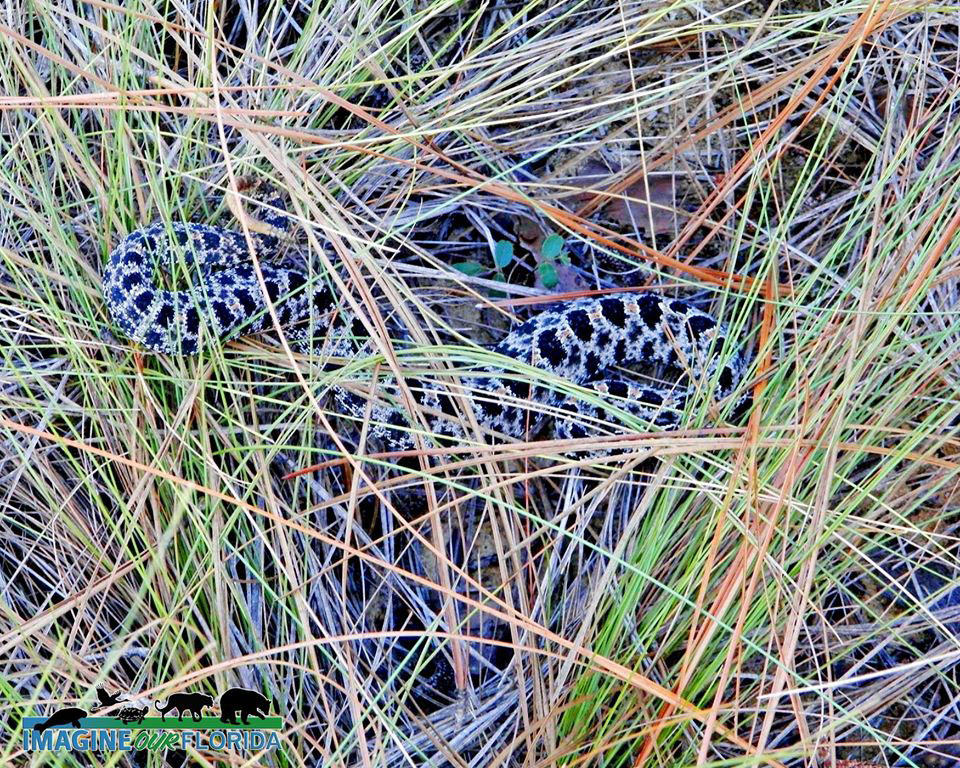
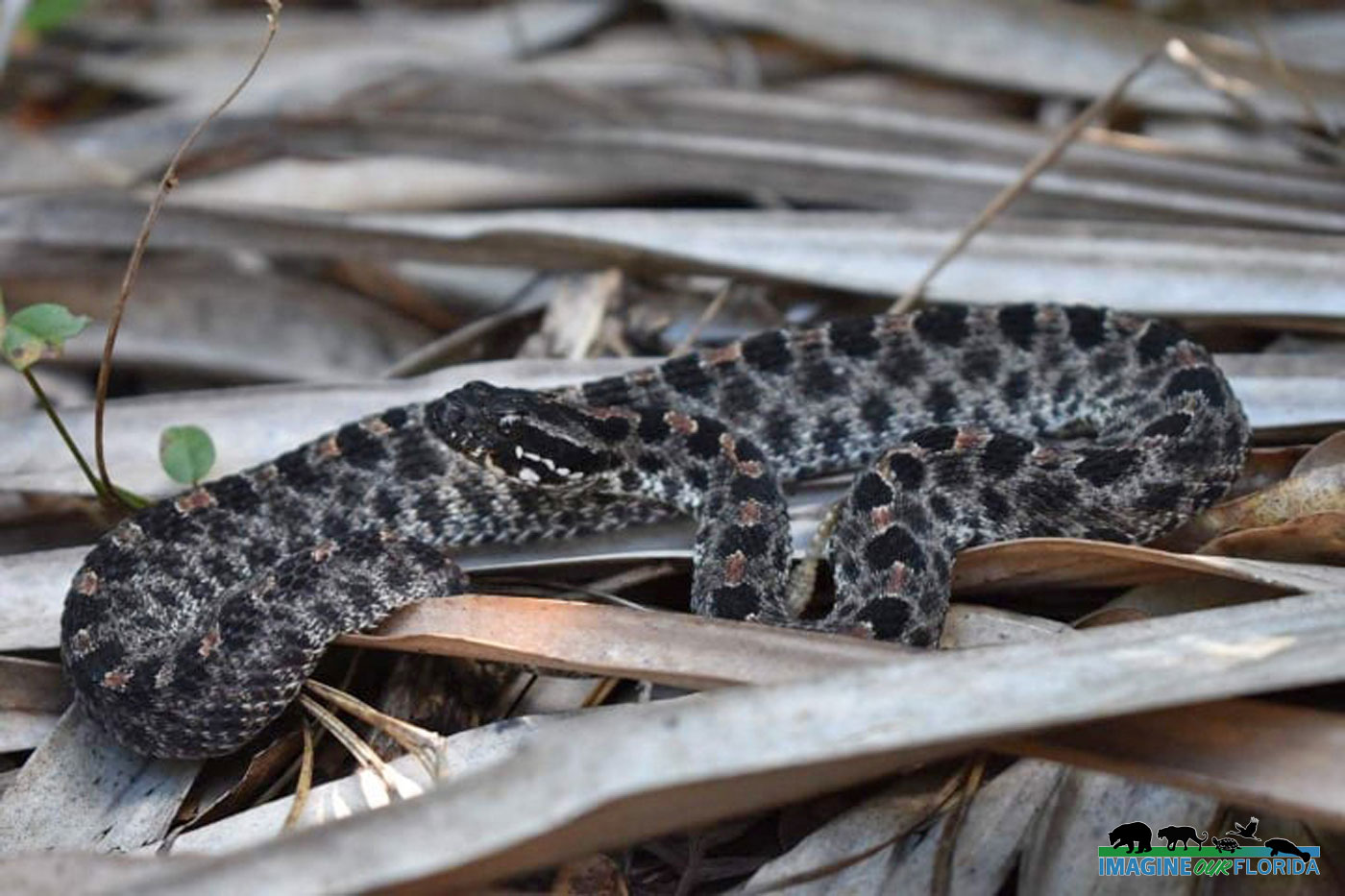
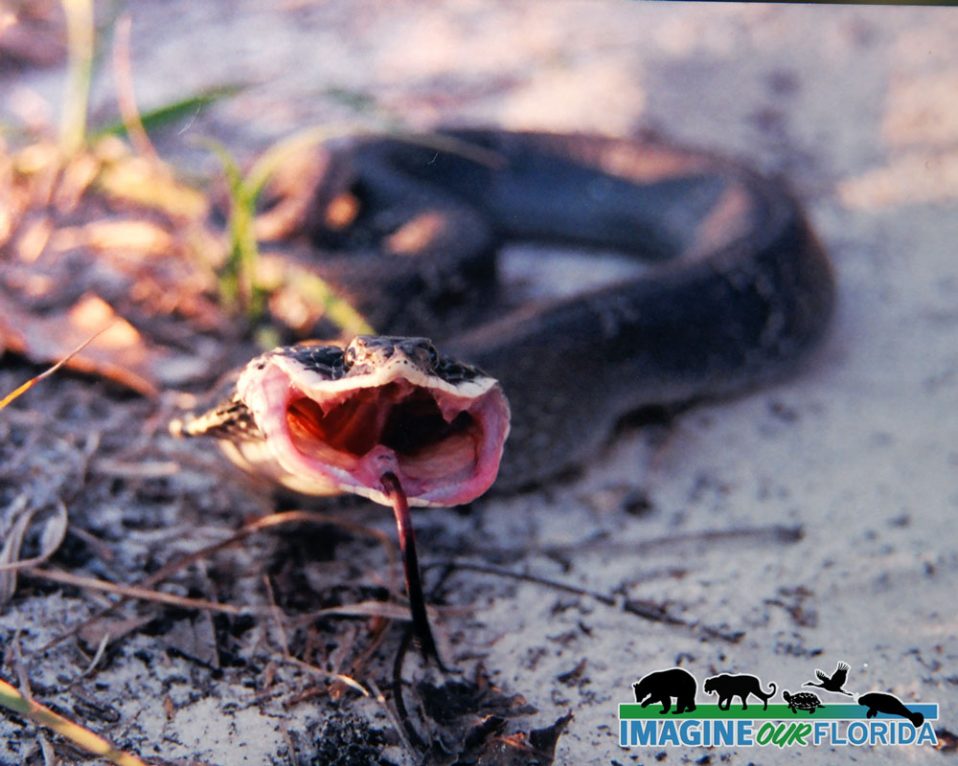
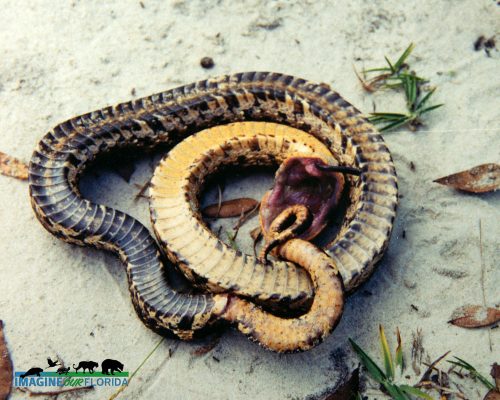
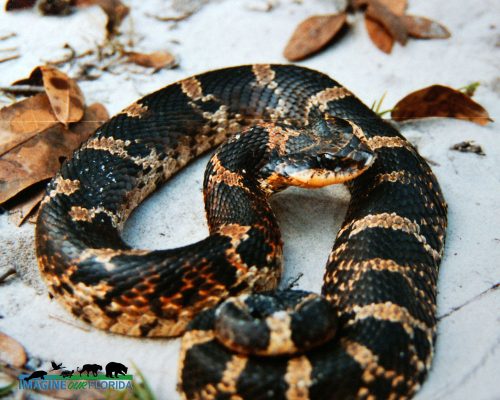
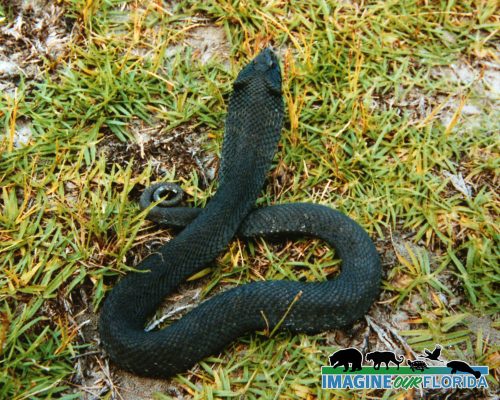
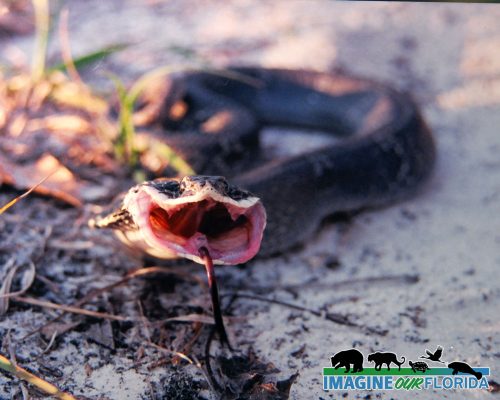
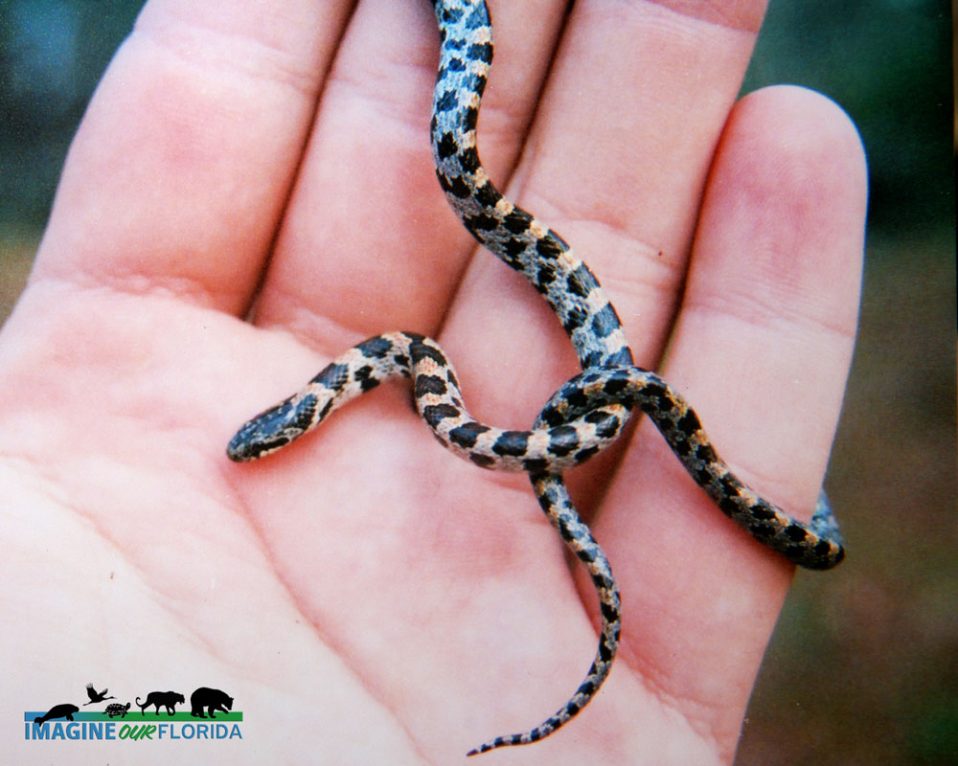
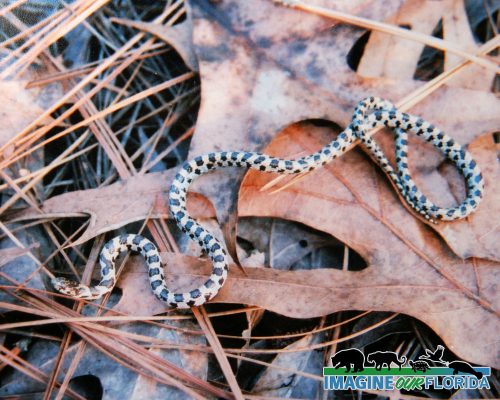
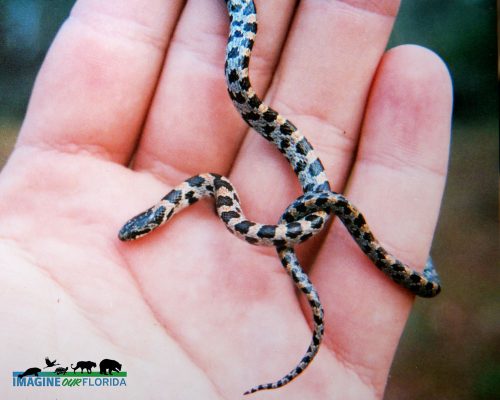
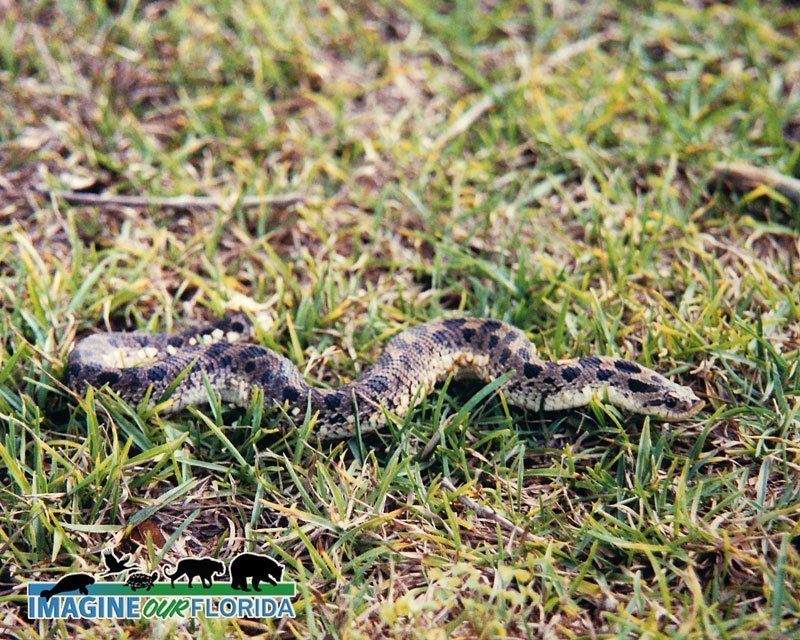
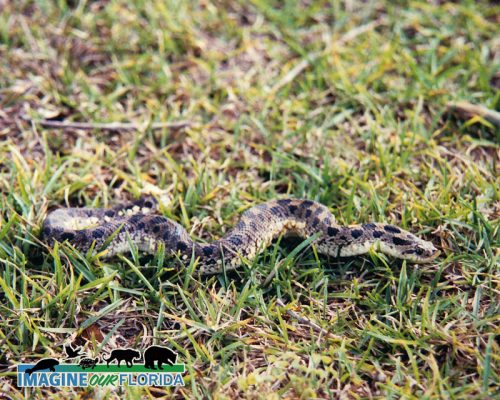
Recent Comments